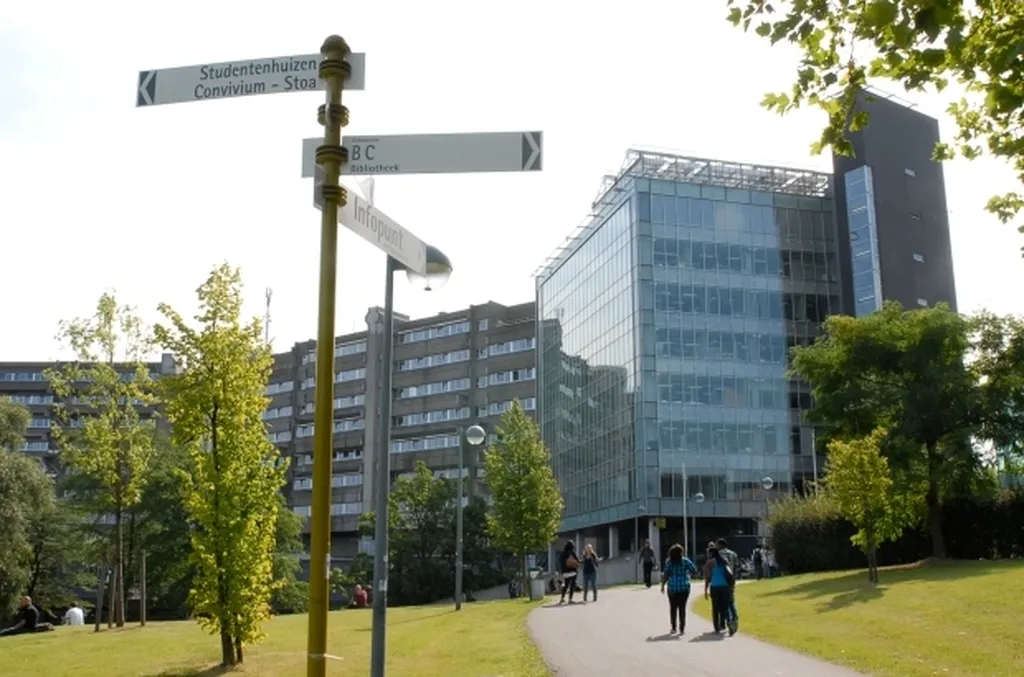In the heart of Delft, Netherlands, a quiet revolution is brewing, one that could reshape the way we build and think about glass. Faidra Oikonomopoulou, a researcher at Delft University of Technology, is leading the charge, exploring the untapped potential of cast glass as a three-dimensional construction material. Her work, recently published in ‘A+BE: Architecture and the Built Environment’ (Architecture and the Built Environment), is challenging the status quo and opening up new possibilities for the energy sector and beyond.
Glass, as we know it, is largely two-dimensional. The float glass industry, which dominates the market, can produce panels up to 20 meters in length, but the maximum monolithic thickness remains a mere 25 mm. This limitation has confined glass structures to planar elements, restricting their use to cladding and non-load-bearing applications. But Oikonomopoulou’s research is changing that.
By pouring molten glass into moulds, Oikonomopoulou and her team can create solid 3D glass components of virtually any shape and cross-section. “We’re not just pushing the boundaries of what glass can do,” Oikonomopoulou explains. “We’re redefining them.”
The potential for the energy sector is significant. Transparent, 3D glass structures could revolutionize building design, enabling architects to create self-supporting envelopes that maximize natural light and minimize energy consumption. “Imagine a world where buildings are not just energy-efficient, but also energy-generating,” Oikonomopoulou says. “With 3D glass, we’re one step closer to making that a reality.”
Oikonomopoulou’s research focuses on two distinct systems for self-supporting envelopes: an adhesively bonded glass block system and a dry-assembly, interlocking cast glass block system. Both systems aim to maximize transparency and minimize additional supporting elements, taking full advantage of glass’s high compressive strength.
The adhesively bonded system, which was realized at the Crystal Houses façade in Amsterdam, has already received numerous awards, including the Outstanding Innovation Award 2016 by the Society of Façade Engineers. However, the system’s irreversible nature and the high dimensional accuracy required pose significant challenges.
To overcome these limitations, Oikonomopoulou developed a new concept for glass structures out of dry-assembled interlocking cast glass components. This system, which is yet to be applied in practice, offers a reversible, easily assembled solution. Prototypes of this research have been exhibited in international fairs and are currently displayed at the material collection of the Vitra Design Museum.
Despite the progress, challenges remain. The cost barriers imposed by the customized production and application of cast glass components, as well as the lack of standardized strength data and building guidelines, hinder the marketability of cast glass. However, Oikonomopoulou’s research provides a strong basis for further developments and applications in a range of compressive structures.
As we look to the future, Oikonomopoulou’s work offers a glimpse into a world where glass is not just a barrier, but a building material that can shape our structures, enhance our energy efficiency, and redefine our relationship with the built environment. The journey is just beginning, but the potential is immense.

